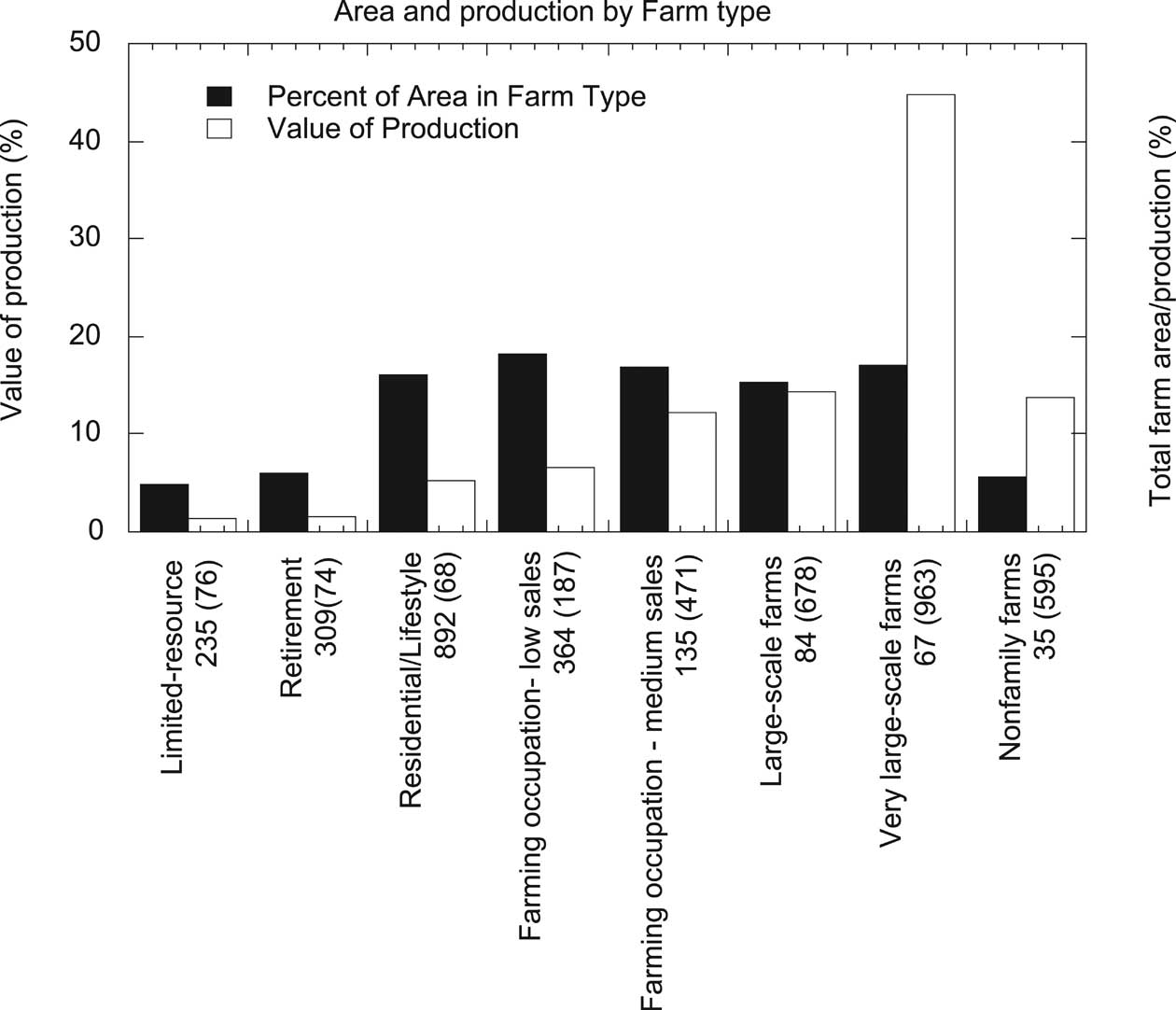refrained from providing any support to household production so as not to encourage any "capitalistic", private ownership tendencies (Lovell, 2003).
Specialization was less pronounced in other parts of CEE. For instance, most farming production remained small-scale in Poland although some state farms were initiated when collectivization after 1956 affected the supply of inputs and, crucially, the distribution of most output. Unlike Yugoslavia, where a similar semi-collectivization was enforced, the Polish government continued to exercise strenuous but erratic central control over agriculture in an effort to improve performance by balancing and linking the 85% of agriculture that was privatized with socialized sectors of farming. These efforts, which usually favored the larger-scale collectivized sector, were seldom successful and led to inefficient use of new technologies and inputs in this sector, while private producers were starved of both funds and technology and resultant stagnation.
After transition of the CEE countries to democracy in the early 1990s, the collective and State farm system rapidly broke down, partly because the system became uncompeti-tive when forced to compete in world markets and partly because the Soviet markets were no longer easily available to the transition countries. State farms were broken into smaller units and/or sold to private investors, which led to a rapid fall in agricultural output in many countries. Large farms remain a feature of many CEE countries, although many of these are now owned by corporations (Lerman et |
|
al., 2004). Production stabilized at the lower level but has started to recover in connection to the EU membership. In places like Russia, where household enterprises have been particularly important, small household producers produce nearly all vegetables and potatoes and over 50% of meat and milk products (O'Brien and Patsiorkovsky, 2006) (Table 2-2).
Privatization of agricultural land, as well as upstream and downstream parts of the agrifood chain, was largely completed by 2001, although it is very much an ongoing process in some areas (e.g., Poland and Czech Republic). Land privatization has created a highly fragmented ownership structure across the region—less so in the Czech Republic and Hungary due to the restitution of land title exchangeable for investment vouchers or cash and more so in Bulgaria, Lithuania and Romania where the operational structure allows land to be farmed in large viable units. In Poland and Slovenia most of the land continues to be farmed as family type units as in the pre-transition period. The process of privatization has resulted in a bimodal structure in the region with both small and large scale farms especially important in Bulgaria, Estonia and Hungary. Large scale farms are dominant in Czech Republic and Slovakia and small and medium size farms in Latvia, Lithuania, Poland, Romania and Slovenia. In general, however, policies promote consolidation of holdings (OECD, 2001).
In Albania, the almost complete breakdown of the preexisting system left the countryside open to fragmentation |

